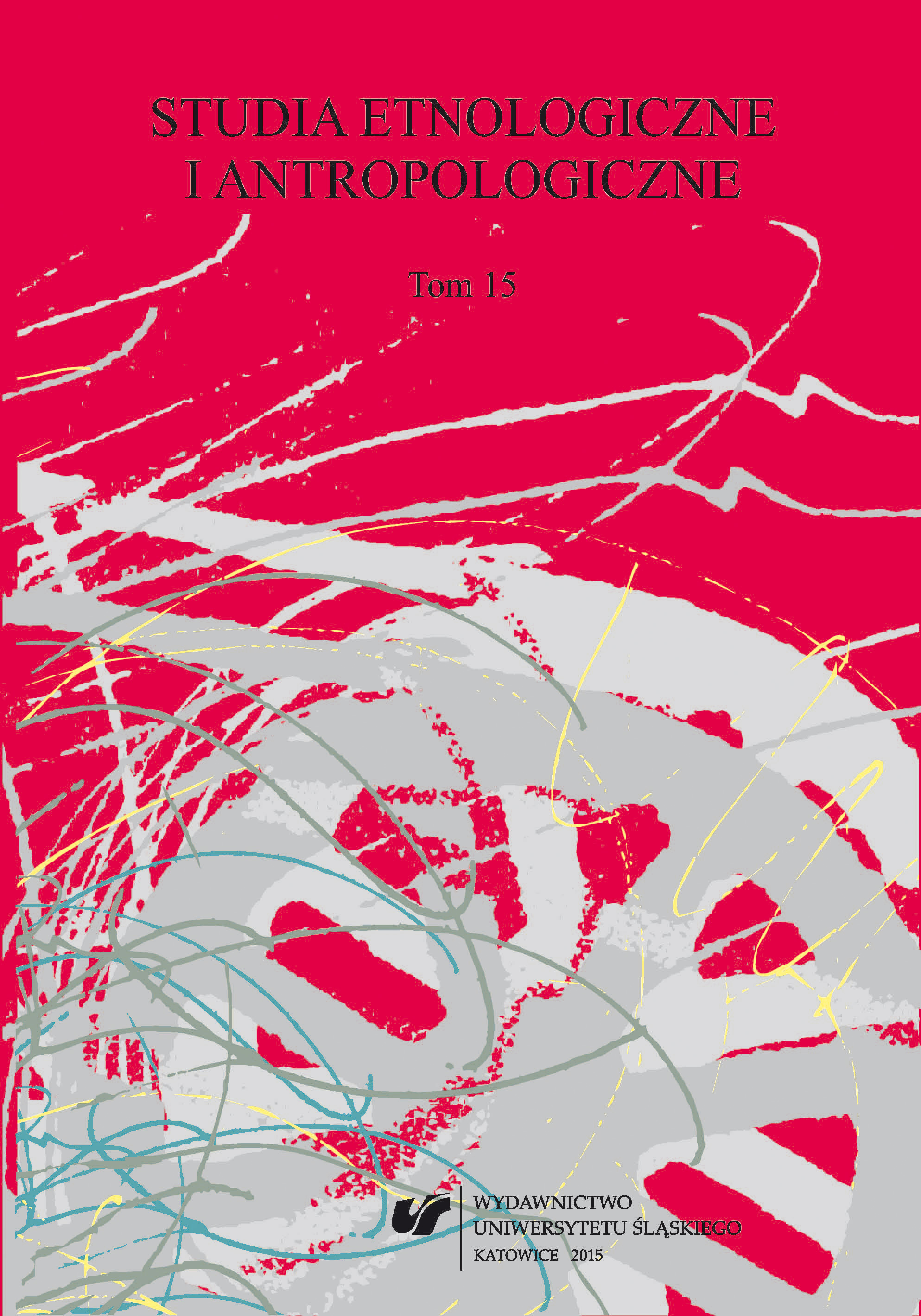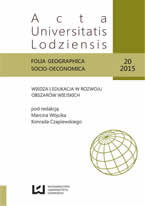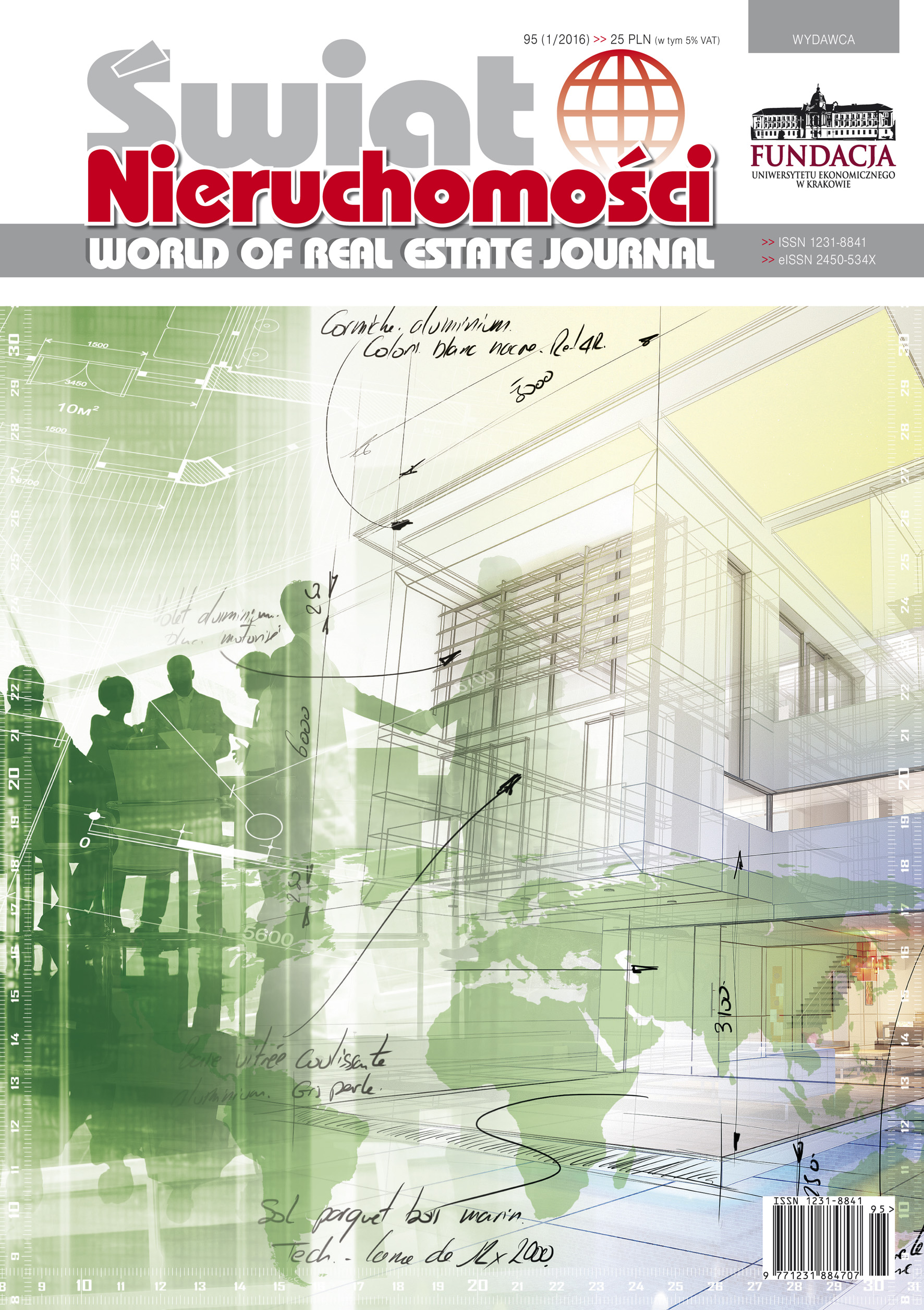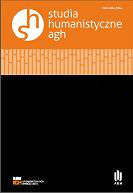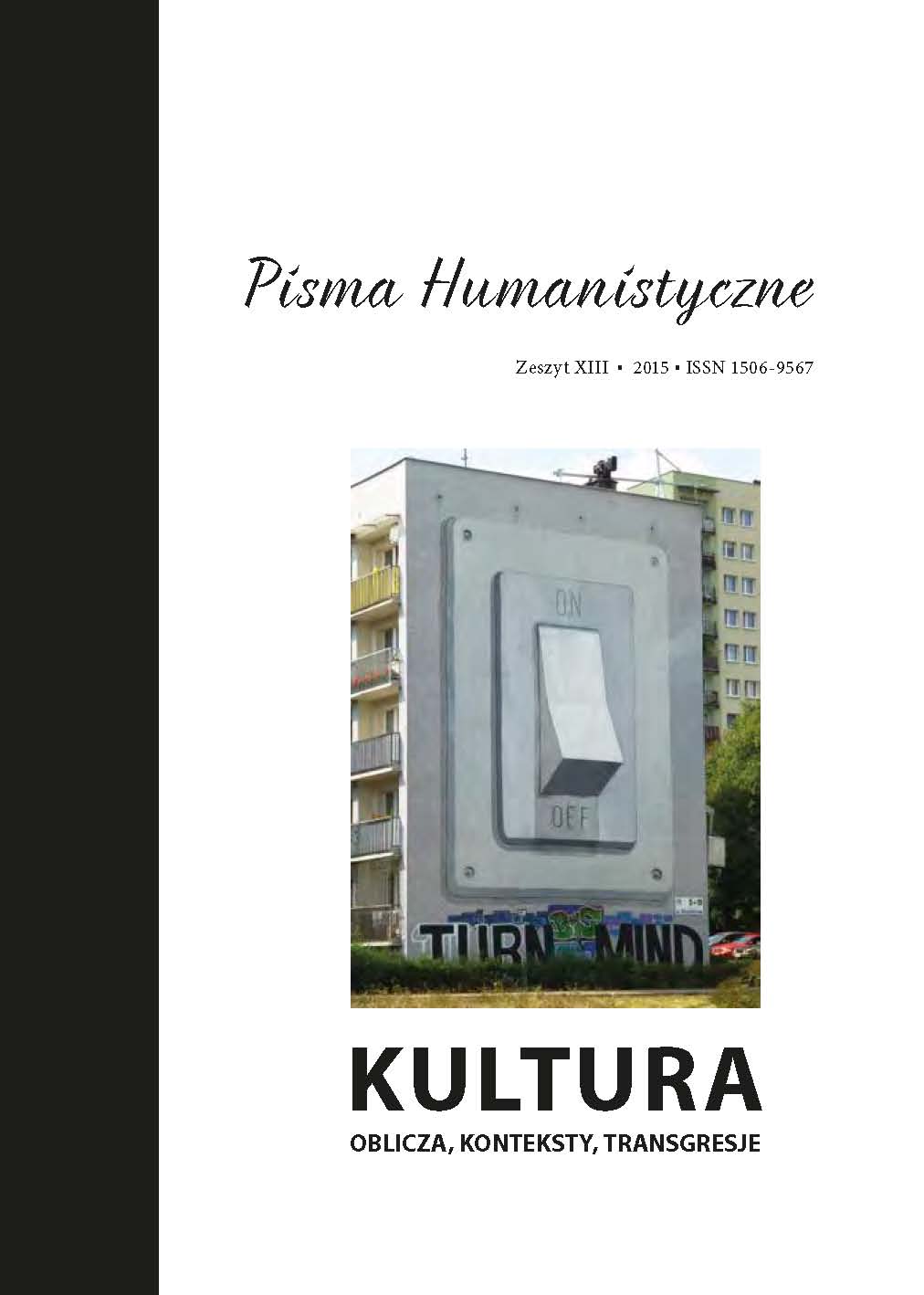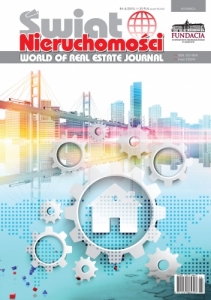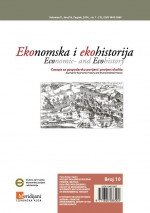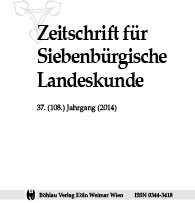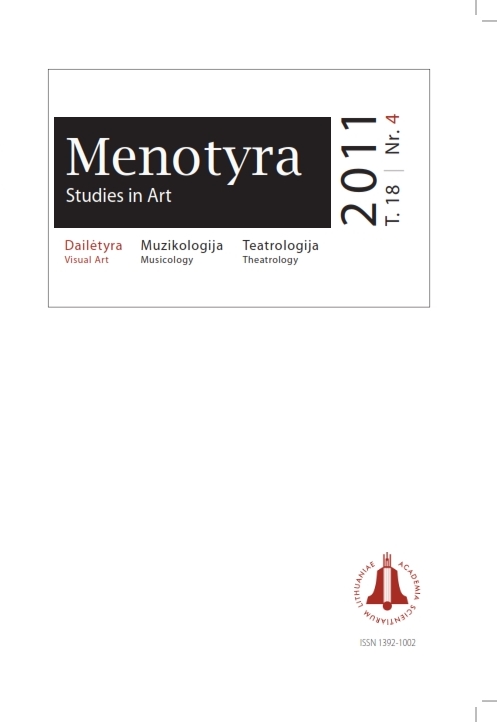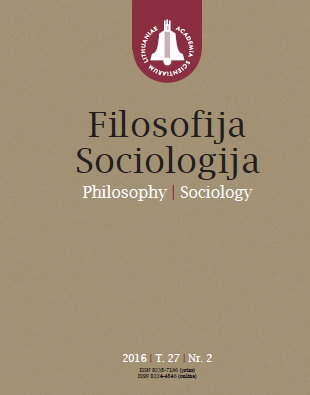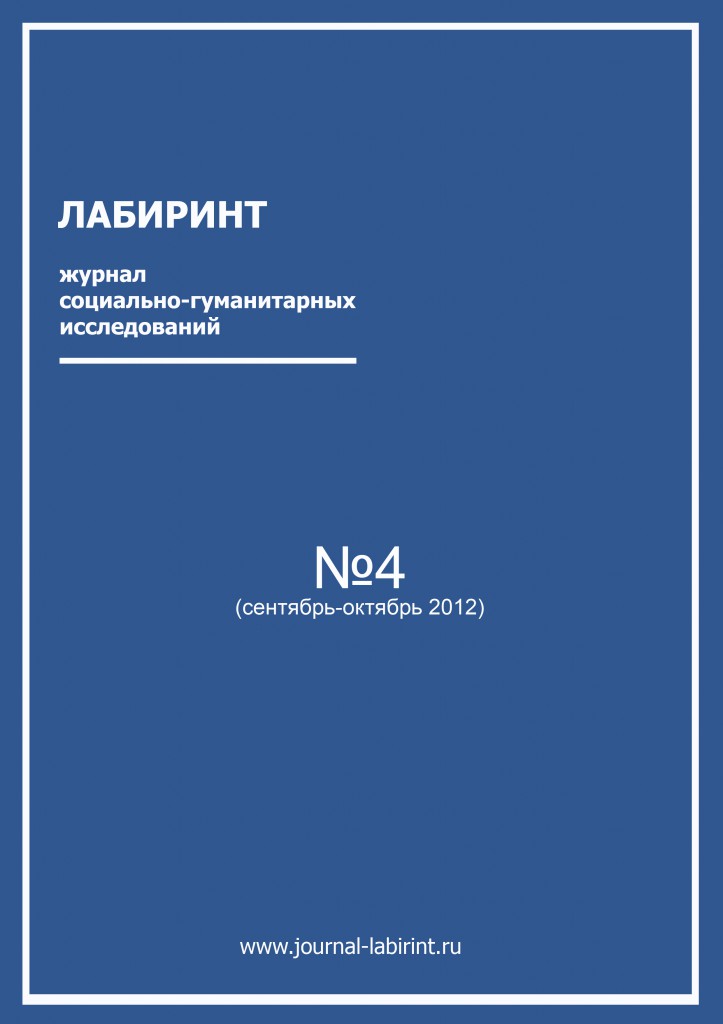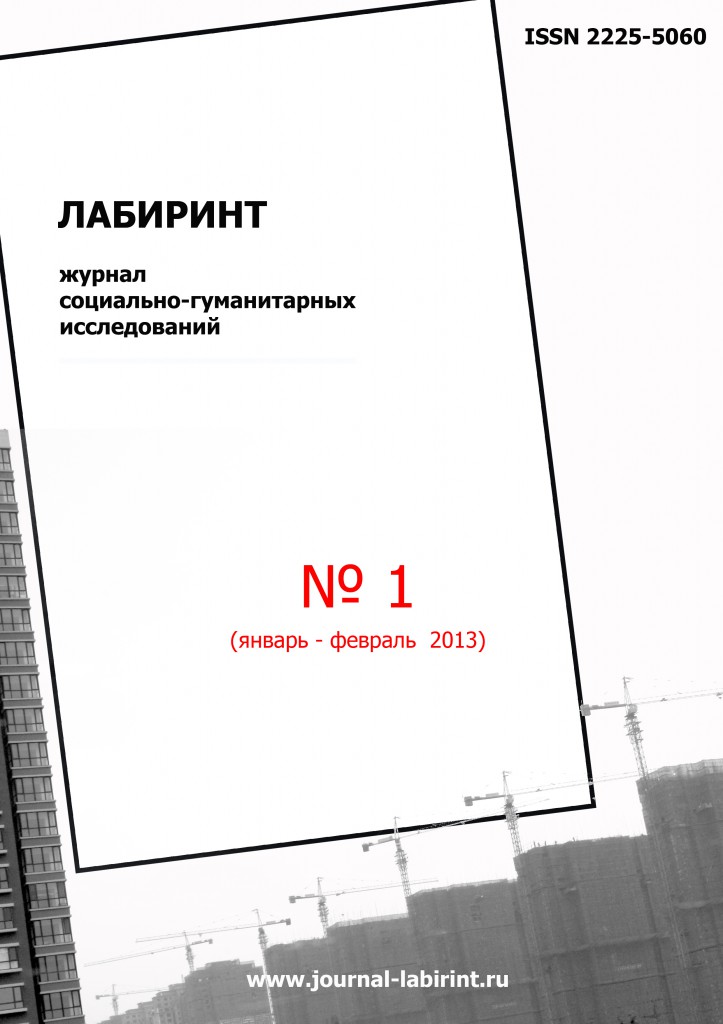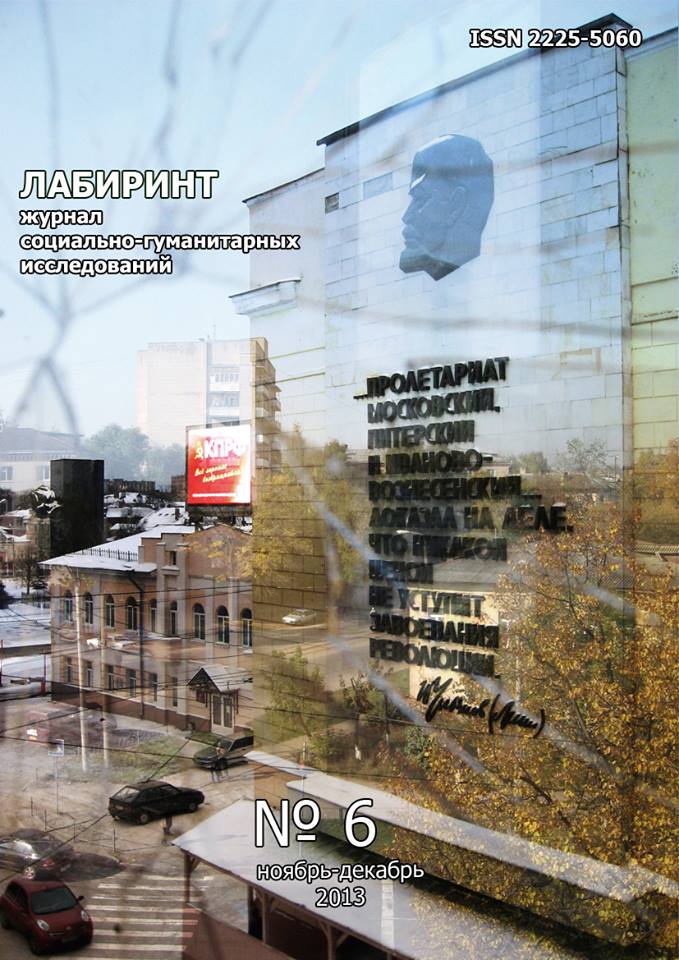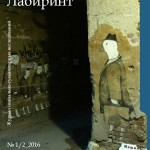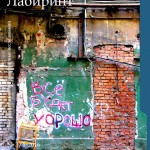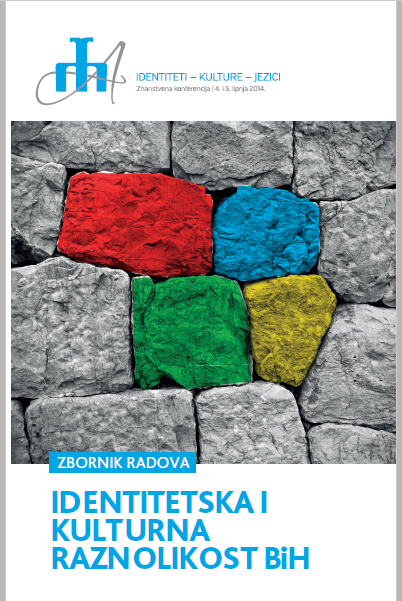
SIMBOLI STATUSA I MOĆI
In multiethnic ecologies the relationship between language and identity is a highly complex issue.. Identity as a multilayered, variabile and dynamic process mirrors itself in the linguistic landscape (LL), the sum of linguistic signs in an urban setting. Our paper aims at measuring the presence and markers of ethnolinguistic identity in the aftermath period in the LL of a divided city, the city of Mostar. Our aim is to analyse linguistic signs from 'in vitro' and 'in vivo' perspective, in other words as set up by government and private acters.Linguistic landscape of the divided city of Mostar is an arena with diverse identities (linguistic, ethnic, cultural etc.) confronted. Different ethnicities are in constant fight endeavouring to leave more 'prints' of their identity. The presence of a language in the LL of a city is a symbol of strength and vitality of the language community. On the other hand the absence of a language in the LL of a city tells us that the language and its speakers do not possess a high status in the public and social life of the community. Therefore, according to the Symbolic Value Principle by Spolsky and Cooper, various ethnicities 'mark their territory'. The results of our research have shown that public signs in the LL of Mostar are indeed symbols of status and power. This speaks for the vitality of different cleveages in the society. Nevertheless, the high percentage of ethnolinguistic identity markers at the same time suggests that the social environment in the city of Mostar is quite tolerant and open for diversity, social and cultural.
More...
